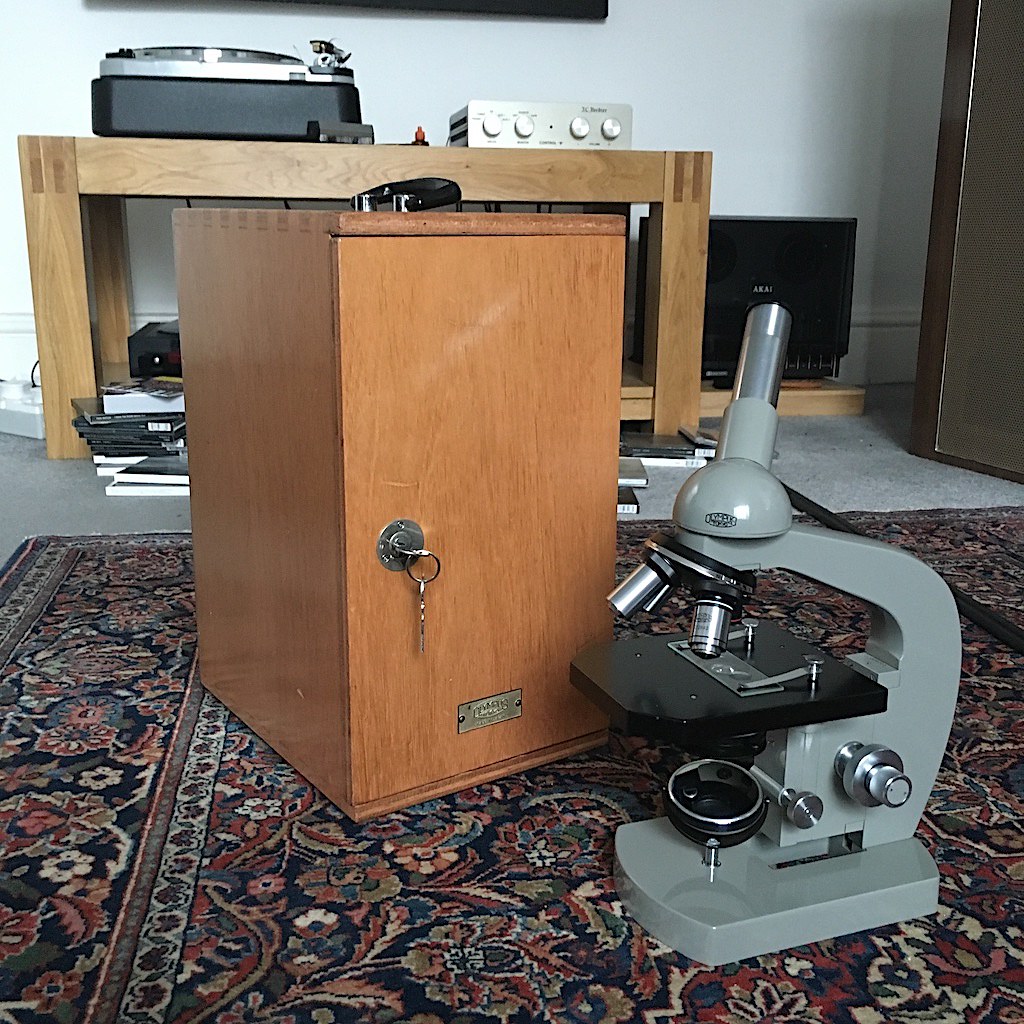The Weiler article is interesting. But I wonder whether modern stylus profiles extend lifespan. One argument for the extended 'line contact' profiles is that notionally there is less wear. ZYX for example claims that their line contact styli are good for at least 2000 hours.
The following table comparing different styli types (credit: audio-technica Ltd.) is very informative, in that, in addition to including a graphical representation of the relative contact patches, as they would interface with the groove walls in plan view (table row 'A'), it also lists the contact patch area in μm^2 (table row E). Note that sometime after line contact types gained market share, ellipticals were bundled together with spherical types under the general category of 'point contact'.
From the perspective of wear due to contact pressure, 'point contact' tips should be the worst offenders (for a given downforce), as the g/μm^2. will be far greater than for any of the line contact types; where pressure per unit area is calculated using VTF/(2 *
Ac), where
Ac = area of contact in μm^2. The only inexact bit here is who's interpretation of vinyl deformation under load is used, as this factors into tip contact area (i.e. a perfect sphere, as in the case of spherical, would have a contact area approaching zero if interfaced with a similar hard surface).
Table row 'F' lists values of L1/L2, which relates to the distribution of contact area (hence also force) across the groove walls, and, when factored in with
2 * Ac this loosely matches the relative expected styli lifespans by type that certain manufacturers list as hours.
Another graphic that is telling, at least from the point of view of relative subjective performance (rather than longevity), is that of the plan view of various point and line contact styli as they trace a given length of simple sine modulated groove (credit: Adamant Namiki Precision Jewel Co. Ltd.). So called 'pinch effect' occurs when the lines of contact stray from perpendicular to the linear mean of the groove (i.e. the cutter stylus path); IOWs, the stylus is forced to travel vertically where it can't fit horizontally, all the more so at near end of record side where groove signal density is much greater (note the contact shapes appearing smaller as the lines of contact stray from horizontal). This vertical modulation is very audible and easily recognizable as 'spherical sound' by those of us old enough to have started out in life listening to records 'conically'. IMO, what has allowed spherical tips to continue in the marketplace is that this tracing distortion is not unpleasant, that is, as long as it doesn't negatively affect tracking ability (pinching the stylus up out of contact with one or more of the groove walls, for example). In some ways, the audible affects of tracing distortion 'fills in' for the spherical tips inability to trace HFs; IOWs, the vertical oscillations give a mono representation of what can't be resolved stereophonically; hence part of the subjective agreement that ellipticals and line contact types 'do' stereo better.

When one relates the geometric data of the table to the dynamic affects demonstrated by the drawing above, it becomes obvious that it isn't just a case of better tracing of HF signals that the more exotic shapes bring, but also a marked reduction in 'additive' distortions due to vertical modulation (and L/R phase errors) where none exists in the source.




